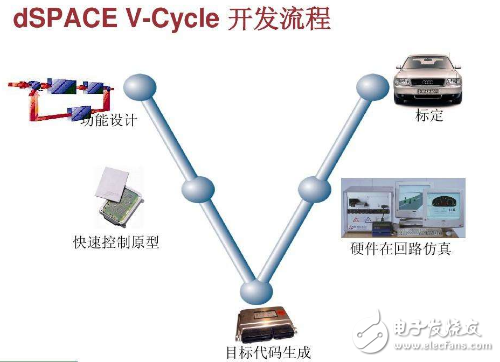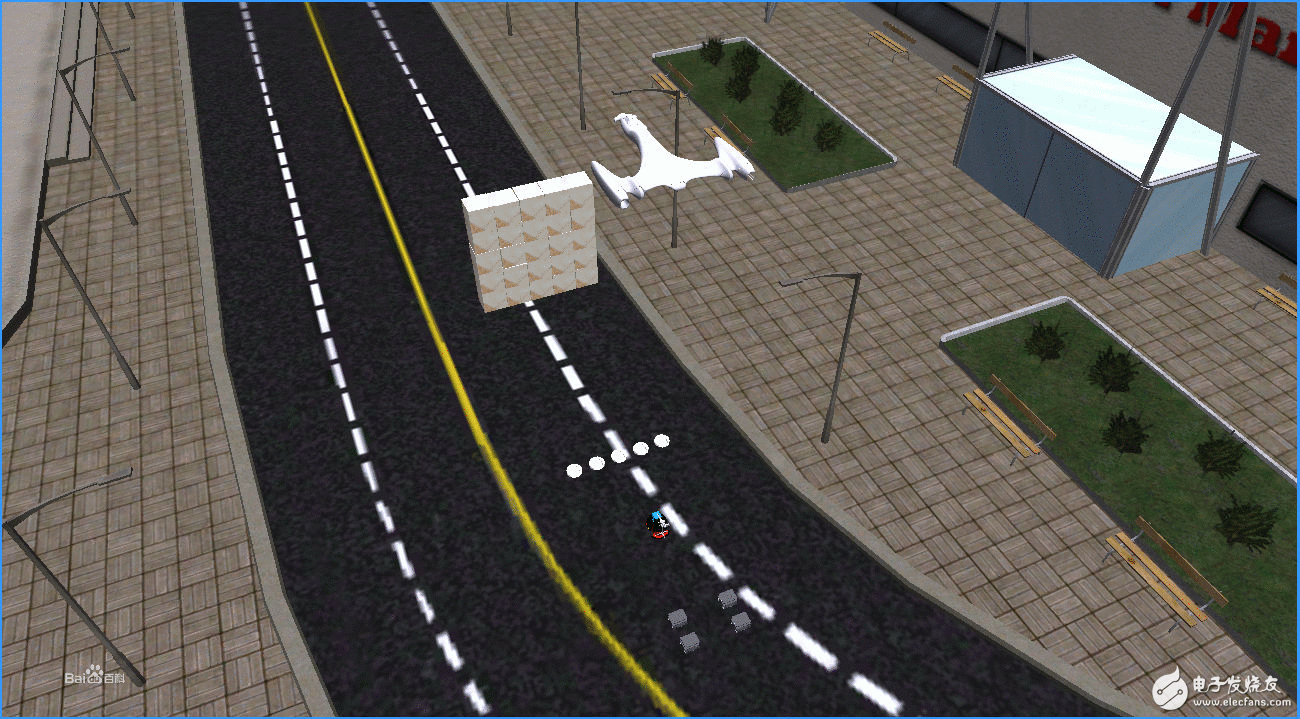


The 433MHz, 868MHz, and 915MHz antennas are essential components in wireless communication systems, particularly in the realm of low-power wide-area networks (LPWANs), Internet of Things (IoT) applications, remote monitoring systems, and wireless data transmission. These frequency bands offer unique advantages for various communication needs, making them popular choices among device manufacturers and network operators. Each of these antennas, tailored to their respective frequency bands, ensures reliable and efficient signal transmission over long distances, facilitating seamless connectivity in diverse environments.
Frequency Bands and Their Uses
433MHz: This frequency band is often used for short-to-medium range communication due to its good propagation characteristics in the environment. It's suitable for applications that require low data rates but reliable connectivity over relatively long distances, such as remote sensor networks and asset tracking.
868MHz: The 868MHz band is widely adopted in Europe for IoT and LPWAN technologies like LoRaWAN. It offers a good balance between transmission range and data throughput, making it ideal for smart city applications, agricultural monitoring, and industrial IoT solutions.
915MHz: Operating in the 915MHz band, antennas are commonly used in North America for similar IoT and LPWAN applications as 868MHz. This frequency range provides similar performance characteristics, allowing for efficient long-range communication with low power consumption.
Antenna Types and Characteristics
Antennas designed for these frequency bands can vary in type and construction, but they share several common characteristics:
Design: They can be implemented as dipole, monopole, helical, ceramic chip, or microstrip antennas, among others. The choice of antenna type depends on the specific application requirements, such as size, weight, gain, and directionality.
Gain: The gain of the antenna determines how efficiently it directs and concentrates the radio waves in a particular direction. Higher gain antennas can achieve longer transmission distances but may require more precise alignment.
Polarization: Typically, these antennas are vertically polarized, meaning the electric field vectors oscillate in a vertical plane. This is suitable for most terrestrial communication scenarios.
Material: The antenna elements are often made of conductive materials like copper or aluminum, while the housing or support structure may be made of plastic, fiberglass, or other non-conductive materials for durability and weather resistance.
433MHz Antenna,868MHz Antenna,915MHz Antenna,433/868/915MHz Antenna
Yetnorson Antenna Co., Ltd. , https://www.yetnorson.com
